One of the reasons why so much mystery surrounds Freemasonry is because of all the gossip and rumors floating around claiming Freemasonry is some nefarious, malignant force, religious and/or political.
Where do these rumors come from?
Why is it that Masonry has been and continues to be a convenient scapegoat?
Many of these come from speculation, lies from former, disgruntled Masons (including those who may have been members of fake lodges), and various other factors.
The following is a relatively brief overview of the matter; to delve deep into the subject would require being published as a novel instead of a blog article.
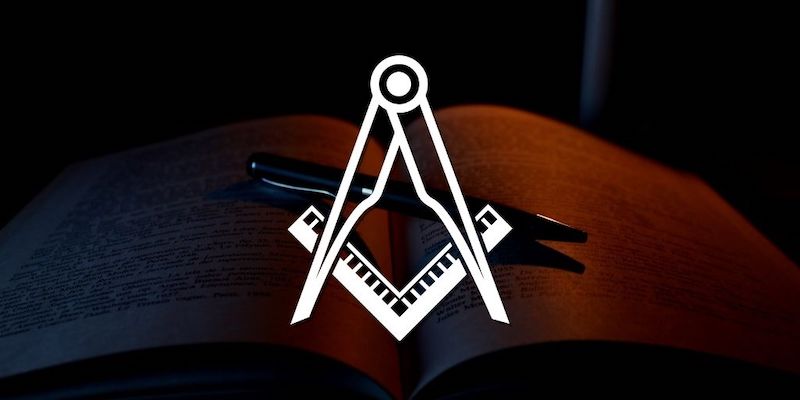
Historical Context: The Origin of Freemasonry
The origin of the Craft is murky at best.
Freemasonry as we know it was established on 24 June 1717 at the Goose and Gridiron Tavern in London, England when four grand lodges merged to create what today is known as the United Grand Lodge of England (UGLE).
Most (if not all) legitimate, regular grand lodge jurisdictions can trace their origin to the UGLE, either directly or indirectly.
However, there is evidence that the Fraternity has been in existence since 1598 in Edinburgh, Scotland.
The Regius Poem in the Halliwell Manuscript leads many to speculate that Freemasonry traces back to 1390 England.
Further Context: The Character and Purposes of the Fraternity
Freemasonry is a secular, apolitical organization. It is a beautiful system of morals, veiled in allegory, and illustrated by symbols.
Its tenets are Brotherly Love, Relief (or Charity, depending on the grand lodge jurisdiction), and Truth.
It promotes moral self-improvement and service to the community. It does not take any interest whatsoever in the suffering, tearing down of, or downfall of any political or religious organization.
In fact, the purpose of Freemasonry can be summed up as the endeavor to build up both the individual and the community. This precludes any malignant desires against others.
During Masonic meetings, there are two topics of conversation that are prohibited: religion and politics.
Roman Catholicism
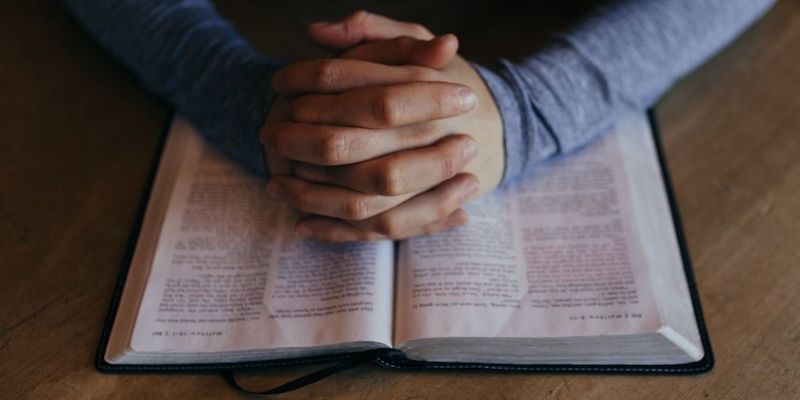
When Freemasonry was in its infancy (as determined by history, anyway), the Roman Catholic Church was both Church and State in various countries.
There was also a division between Catholics and Protestants; history is filled with one of these two groups attacking the other.
Freemasonry, however, allows men of various faiths into its doors. For Catholics and Protestants to be sitting in the same room in private meetings where entry and membership were exclusive did not sit well with the Catholic Church.
The position of the Catholic Church at that time can be summarized to…
“If you aren’t doing anything wrong, then you have nothing to hide.”
History shows that some Freemasons were tortured by the Catholic Church during its Inquisition period. John Coustos is a prime example; in 1743 Lisbon, Portugal, he was captured and taken to the Holy Office of the Inquisition.
There he was tortured for months on-end; records indicate that he quickly surrendered the secrets of Masonry. However, his torturers were not satisfied with the non-incriminating answers and continued to torture him (source).
For centuries, the Roman Catholic Church had instituted in its canonical law that participation of any kind in Masonry would result in excommunication.
In 1983, however, its canonical law was updated to state that participation in any group that “plots against the Church” will result in excommunication (source: Canon 1374). Given that Freemasonry does not plot against the Church (or against any entity, for that matter), Catholics are now allowed to become Freemasons.
It should be stated that the Congregation for the Doctrine of the Faith published an opinion-letter condemning membership in Freemasonry; however, it does not carry the weight of the Papal Bull and therefore has no bearing on a Catholic’s status in the Church.
Even so, many Catholics view the Congregation for the Doctrine of the Faith as more authoritative and therefore still condemn Freemasonry even though their canonical law no longer does so.
The Morgan Affair
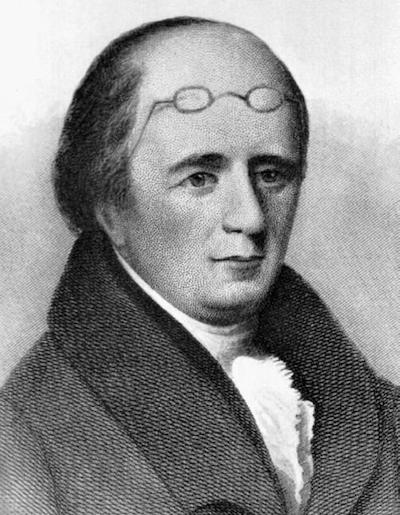
Unfortunately, this is somewhat of an exception to the answer above. William Morgan was a man who lied about being a Freemason to con his way into a Royal Arch chapter.
He worked on an “exposé” of Freemasonry. He soon thereafter disappeared. Many believe that he was murdered by Freemasons; however, his body was never found.
Some speculate that he was threatened and/or paid off to disappear by leaving the state and going up north to Canada.
If Morgan was murdered by Freemasons, it was of their own doing and was not sanctioned by any lodge or grand lodge, as all Masons are charged to be law-abiding citizens; if any Mason is charged with a crime of moral turpitude (which includes murder), he will be suspended pending an investigation and expelled if convicted.
The Taxil Hoax
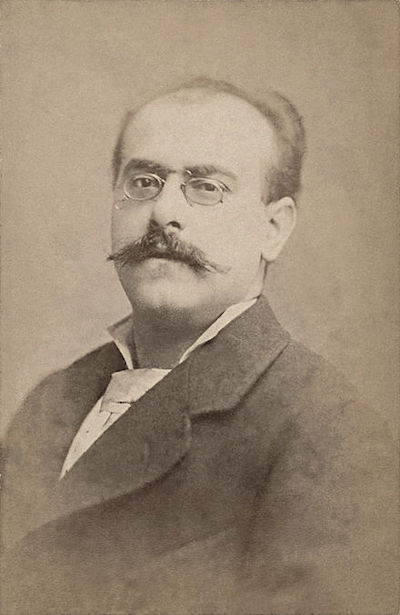
Marie-Joseph Gabriel Antoine Jogand-Pagès was an avid anti-Catholic Frenchman who was initiated an Entered Apprentice.
After his initiation, his lodge never advanced him to the next degree; disgruntled, he decided to attack the Fraternity.
Adopting “Léo Taxil” as his nom de plume, he started writing libelous claims about the Fraternity. Pretending to be penitent, he returned to the Catholic Church; he then started to sell his writings to the Catholic Church, which then published his claims without researching them themselves.
After years of publishing these lies (including claims of sodomy, Satanism, and crime), Taxil eventually came forward and gleefully revealed his Hoax in a press conference that he himself called.
Not only had he brought Freemasonry into disrepute among the public, but he had also made the Roman Catholic Church look foolish by having it publish his falsehoods.
Among these falsehoods was the claim that Albert Pike, a prominent Freemason in the United States, had declared that God was evil and that Masons worshipped Lucifer.
Pike, having died a few years before this lie was published, was obviously unable to defend himself against it.
However, Taxil included this specific claim as being a lie during the revelation of his hoax.
Taxil retired to the countryside where he died of unknown causes at 53 years-old.
Quotes Out-of-Context
Many will also present opinion-pieces as authoritative and quote them out-of-context. Pike is yet another prime example. Take, for instance, the following excerpt from his Morals and Dogma:
LUCIFER, the Light-bearer! Strange and mysterious name to give to the Spirit of Darkness! Lucifer, the Son of the Morning! Is it he who bears the Light, and with its splendors intolerable blinds feeble, sensual, or selfish Souls? Doubt it not!
Many use this passage to claim that Masons worship Lucifer. However, this quote is not incriminating when taken in-context.
First, Albert Pike is commenting on the irony of Lucifer’s name, given that the Latin term lucifer literally translates to English as “light-bearer.”
Second, he then states that Lucifer uses his “light” to blind those who are spiritually feeble; given that the Bible describes Satan as an angel of light, this passage goes hand-in-hand with his Episcopal upbringing.
Third, the end of the preface of Morals and Dogma clearly states that his work is an opinion-piece.
Fourth, even if he had not stated that it was an opinion-piece, it was never commissioned nor published by any grand lodge (which is the only type of entity that can authoritatively define Masonry, and each within its own geographical jurisdiction).
Islam
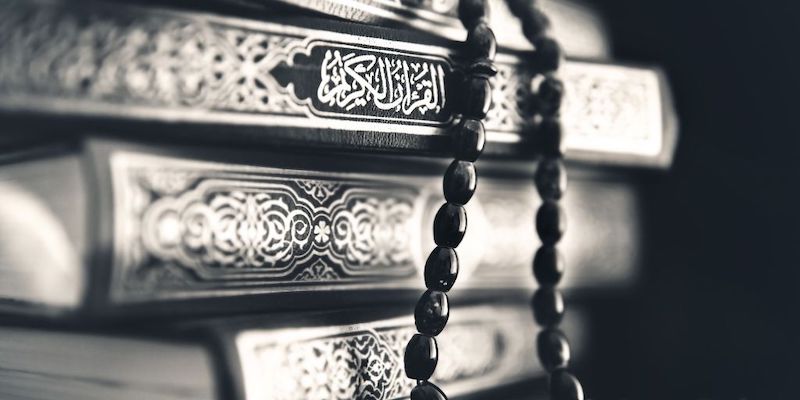
There are various Islamic groups that subscribe to the hoax that is The Protocols of the Elders of Zion, an anti-Judaic text that was fabricated in Russia and that, in part, inspired the unfortunate Holocaust.
Many have falsely claimed that Jews infiltrate Freemasonry and use it to further their Zionist aims. For this and other reasons, many Muslims are deceived into thinking that Freemasonry is anti-Islamic.
Sidenote: Up to 80,000 Freemasons were killed in the Holocaust due to the influence of Protocols.
Supposed Origins of Freemasonry
Given the murky origins of Freemasonry, many people (Masons and non-Masons alike) enjoy speculating that Masonry is much older than what we know from history.
Some claim that Masonry traces back to the Knights Templar; others believe that it originated from Egyptian or Babylonian religion.
It was a common opinion among Masons of the 19th century that it originated at or prior to the construction of King Solomon’s Temple.
Such speculations as these are drawn from perceived similarities.
Symbols in Public View
Various people point to symbols in public view, claiming that they are exclusive to Masonry and that, therefore, Masonry forces its ideologies somehow onto the public; as noted previously, however, we know that symbols in Masonry simply illustrate morals, which are taught in the degree ceremonies of Freemasonry.
In addition, symbols are finite and ambiguous; there is no one symbol that is limited to one sole group or interpretation.
Let us take, for example, the reverse side of the US Great Seal, which can be found on the American one-dollar bill.
It is composed of an incomplete pyramid of thirteen steps, the Eye of Providence, the Roman numeral MDCCLXXVI, and the phrase
“Annuit Cœptis Novus Ordo Seclorum.”
It should first be noted that this was designed by Charles Thomson, who has never been proven to have been a Mason.
In fact, the only known Mason on the committee to design the US Great Seal was Benjamin Franklin, and his design was rejected.
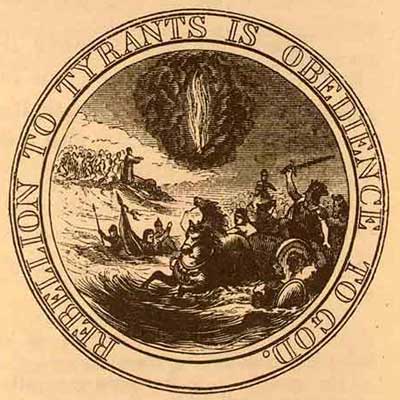
The pyramid is not a Masonic symbol or emblem. So far as I am aware, it does not appear in the ritual of any Masonic grand lodge.
The Eye of Providence or All-Seeing Eye is used in Masonry; however, it is not unique to Masonry in any way, shape, or form.
Masonry adopted it from Christianity, which was using it quite often during the Renaissance period.
The Roman numeral MDCCLXXVI is not, in and of itself, Masonic.
Instead, it is simply the numeral for 1776, which is the year that the USA declared its independence from Great Britain.
The phrase “Annuit Cœptis; Novus Ordo Seclorum” translates to English meaning, “Favors [or has favored] Our Undertakings; New Order of the Ages”; many mistranslate the second part to mean “New World Order.”
Neither this phrase nor its mistranslation has any Masonic significance.
It should be noted that US President Franklin D. Roosevelt approved the new design for the one-dollar bill in 1935, which included both sides of the US Great Seal He was a Freemason.
However, this does not in and of itself make the US Great Seal a Masonic symbol.
Speculation: A Replacement for Evidence
Despite the lack of evidence for the above-supposed origins of the Fraternity, many present their claims as fact. Not all understand or accept that correlation does not equate to causation.
In addition, not all understand that Freemasonry employs a limited number of symbols; not every symbol found is going to be proof of Masonry.
Those who make such claims typically conclude that Freemasonry is a religion given that it must have sprung from these or similar ancient religions and/or that it is some political force; either way, it must be plotting world domination of some sort.
Masonry’s Lack of Defense
In the Grand Lodge F&AM of Utah, the charge given to Entered Apprentices (and which therefore applies throughout one’s Masonic journey) counsels us not to allow our zeal for the institution to lead us into conflict.
I have heard enough from Masons of other grand lodge jurisdictions to know that this is not unique to Utah.
As a result, many Masons do not put up a fight when such libelous claims are made. I opine that the typical Masonic view is that the world will see us for who we really are by how we speak, write, and act.
For this reason, Freemasonry is certainly a convenient candidate for those who scapegoat instead of facing their respective issues (religious or political) head-on.
Conclusion
Except for some inconsequential interactions online, I have been fortunate hereto not to have been discriminated against (to my knowledge, anyway) for my participation in Freemasonry; not all have been so lucky throughout history.
I am honored to carry on the Masonic legacy; it is my hope that one day, the world will abandon its use of libel and scapegoating.
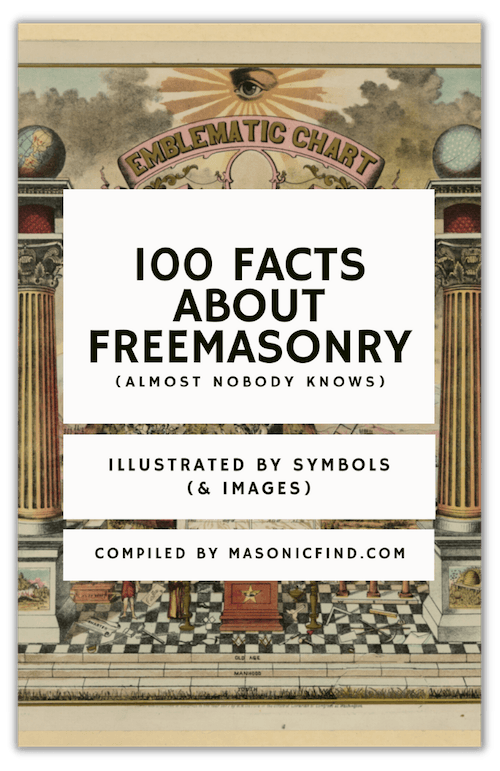
FREE DOWNLOAD: 100 FACTS ABOUT FREEMASONRY (ALMOST NOBODY KNOWS)
Join the 10,000+ Brethren from around the world inside our weekly Masonic newsletter and get our best selling ebook for free (usual value: $20).
This article was written for MasonicFind.com by Brandon Cole, SW.